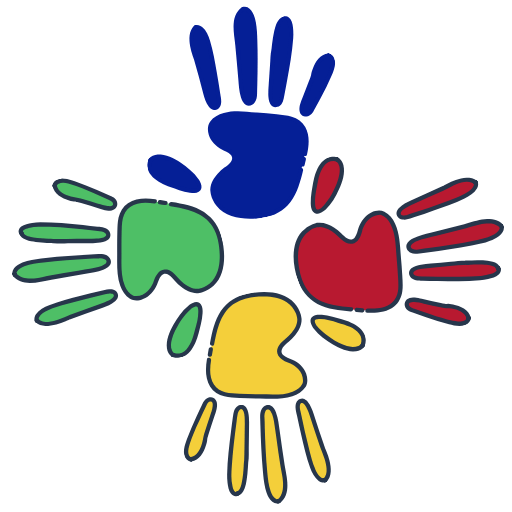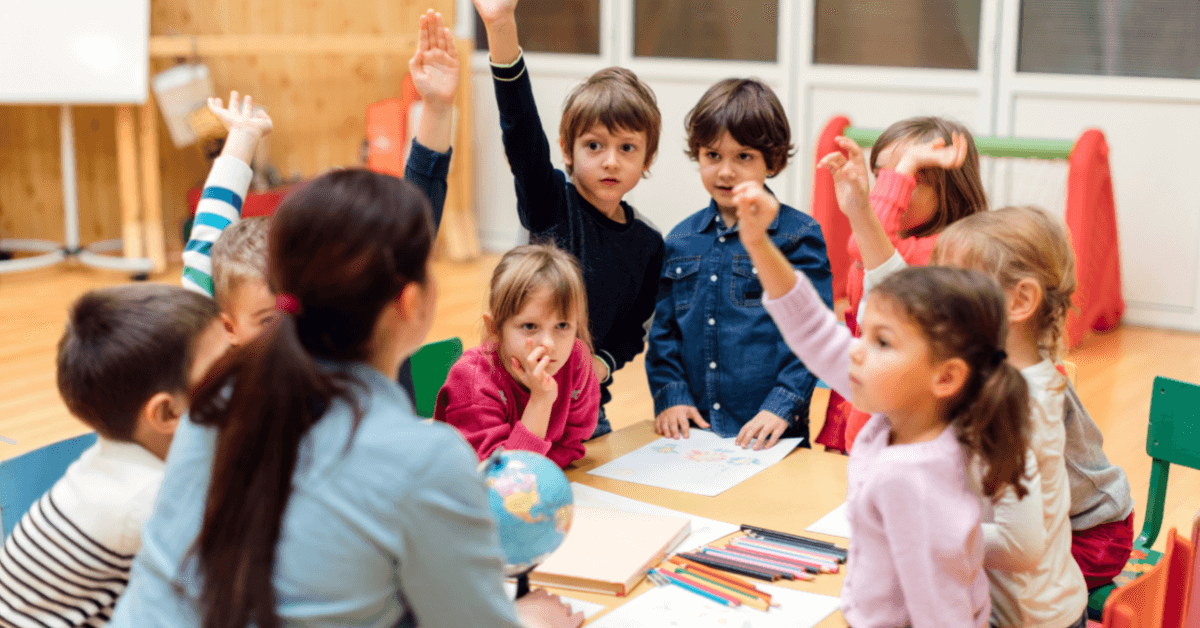

Special Needs Education: The Guide To Getting Help For Your Child
Special needs education is for students with learning disabilities or problems that make it more difficult for them to learn than most kids of the same age. Special education serves kids with cognitive, emotional, or behavioral impairments or with vision, hearing, or speech disabilities.
Here’s a detail on special education.
What Is Special Needs Education?
Special education is designed to help children learn the skills and information that other kids are learning in the general education curriculum. Special Needs Education is the education for children with disabilities, bearing in mind their individual educational needs that aim at complete development of their capabilities and social independence and at their independence.
Children whose learning is impacted by a cognitive, physical, emotional, or behavioral condition are eligible for special education. This way, students with disabilities get an opportunity to unleash their academic potential. Special education is carried out in different forms, including in special classes, in resource rooms, and in special schools named “Schools for Special Needs Education”. It is not a “one size fits all” approach.
Often, the term “special needs education” causes confusion. It refers to exact educational requirements that result from physical disabilities, learning difficulties, and behavioral and emotional difficulties. Frequently, these can overlap depending on the condition of the child.
- Mental Difficulties
Mental problems cover an extensive range of issues. The most common of these are learning difficulties in which a child is unable to learn in the usual manner. Dyspraxia and dyslexia are the common ones. Also, communication disorders like speech difficulties and stuttering caused by autism fall under this category. Even developmental difficulties can arise owing to chronic conditions.
- Physical Difficulties
Physical issues can affect the mobility, physical functioning, or stamina, of the child. Besides the obvious ones like loss of limbs, this can refer to blindness, respiratory diseases, or epilepsy. Chronic fatigue and hearing loss also fall under these. Due to infection or other issues, this may occur before or after birth.
- Behavioral And Emotional Difficulties
Usually, these are social difficulties that might not be caused by biological factors. Since they might be externalized, teachers should understand that a child with special needs education that has emotional and behavioral difficulties may act disruptively in the classroom. Children who suffer from OCD, anxiety, or mental diseases often experience these.
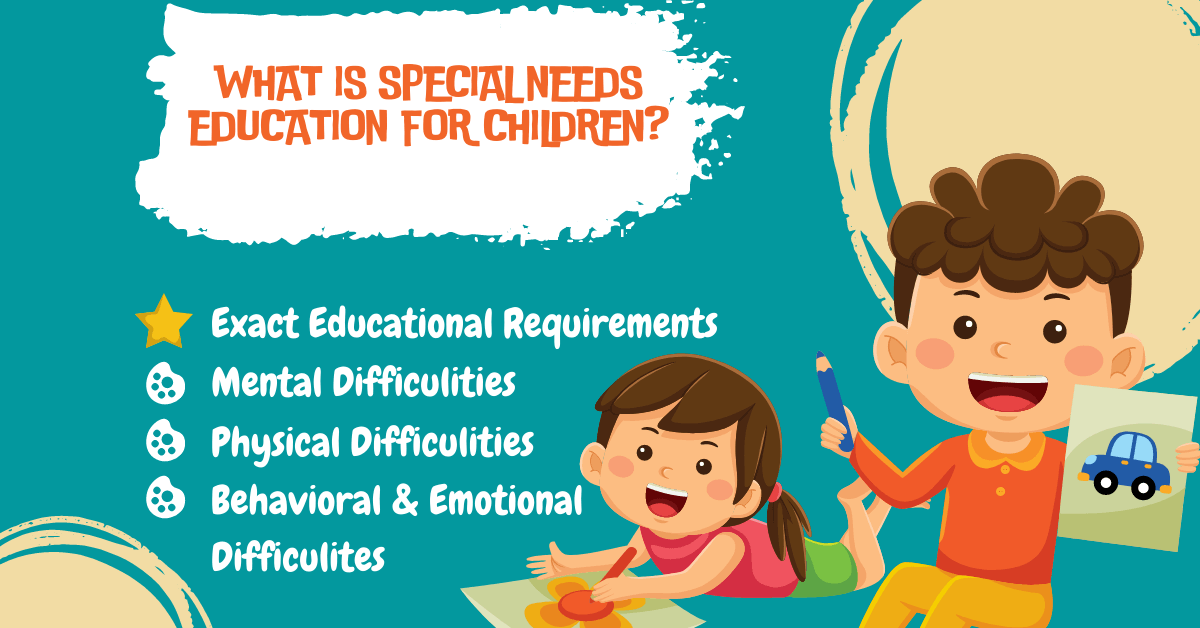
What Does Special Educator Do?
A Special educator works with kids of different ages who have various cognitive or learning disabilities, or physical or emotional problems. These educators work to promote and manage the growth of their students in conjunction with their special needs.
Ways A Special Education Teacher Can Help Learners With Special Educational Needs
- Help Them Find & Develop Their Strengths
A skilled special education teacher assists students with special needs to discover and develop their strengths. The key to any successful inclusive special needs education program is to understand and accept students for who they are. Not only does this mean helping students overcome their weakness, but also assist them in finding and developing their talents. Although some individuals associate special learning needs with lower intelligence, this isn’t necessarily the case.
- Motivate & Encourage Them To Work Harder
Many students in the special education program need to put in more hard work than their peers for achieving the same results. Often, the school can be exhausting emotionally, physically, and mentally for these students. So, it is crucial for a special educator to provide adequate encouragement and motivation, especially to students who struggle with a learning difference that’s difficult to see.
- Provide The Apt Strategy Training & Accommodations
No two students are alike and this is true especially when it comes to learners who struggle with physical impairments or learning differences like ADHD, dyslexia, and ASD. Most diagnostic tests result in a report in which recommendations are made for strategic training that can help students cope with issues they are experiencing. The professional special educator reviews the progress a student makes periodically; meaning strategy training and adjustments is adjusted to ensure the maximum benefit to the learner.
Ways A Special Educator Adapts Teaching Strategies For Learners With Special Needs
Ready Students For Their Upcoming Lessons
- Discuss & Set Up Learning Expectations
A top special educator lets learners know what they will learn during the lesson and how much time they need for every activity. For example, “Students, today we will identify new vocabulary words in the story.”
- Provide Lesson Plan In Advance
It is important to summarize the schedule beforehand so that everyone is on the same page. Students should be informed that after reviewing the previous lesson, the teacher will break them into group work followed by personal reading time.
- Discuss & Set Up Behavioral Expectations
The special educator describes how students are expected to behave during the lesson. For instance, “Raise your hand if you have something to say or need anything from your classmate”.
- Be Clear On What’s Required For Lessons
Special needs educators must be very clear about the materials needed for the lesson. For instance, it should be specified if students need to bring their crayons, colored paper, gum, and scissors for an art project.
Conducting Effective Lessons
- Review The Earlier Lesson
Are you a special education teacher who has covered how to reform calculation in the last lesson? Consider reviewing numerous problems before jumping into the current lesson. Emphasize vital points by using worksheets for highlighting keywords in the instructions for learners with special needs to concentrate on. If you are unable to highlight before the lesson, just underline the main points as you and the learners go through the instructions together.
- Help Students Participate During The Lesson
Go for special cues for learners with special needs to assist them in staying focused and preparing to answer questions when called upon. This can be something like a sticky note on their desk or a light pat on the back. However, do not rush your learner with special needs. Try asking them probing questions only after they have had enough time to solve an equation.
- Help Students Focus
As you proceed with the lesson, share gentle reminders with students to keep working on the tasks assigned to them. You can also remind them of the behavioral expectations set at the start of the lesson. A professional special educator breaks down assignments into less complex, smaller tasks. For instance, you can let them complete five math problems before presenting them with the remaining five.
- Evaluate Student Performance
Educators must question individual learners with special needs to gauge their mastery of the lesson’s content. For instance, teachers can ask them to demonstrate the formula they applied to solve a math problem or ask them to share their thoughts on how the main character of a story felt in a chapter. By using such moments, the special education teacher can help students correct their own mistakes. However, when it comes to learners with special needs, ensure you avoid timed and high-pressure tests.
Give Follow-Up Directions
- After providing instructions to the entire class, ensure you provide extra oral directions for a learner with special needs. For example, ask them if they understood the directions well and repeat them simultaneously.
- Offer follow-up directions to students in writing. For instance, write the assignment details on the chalkboard. Then the student should be reminded to look at the chalkboard if they forget the assignment.
Concluding Lessons
- The special education teacher should let learners know when they are about to end the lesson, preferably 5-10 minutes beforehand.
- Go over homework with students to gauge their understanding and provide pointers on ways to prepare themselves for the next lesson
- A proficient special educator lets students know what they can expect in the next lesson. For example, instruct them to prepare for a group recitation session in front of the class.
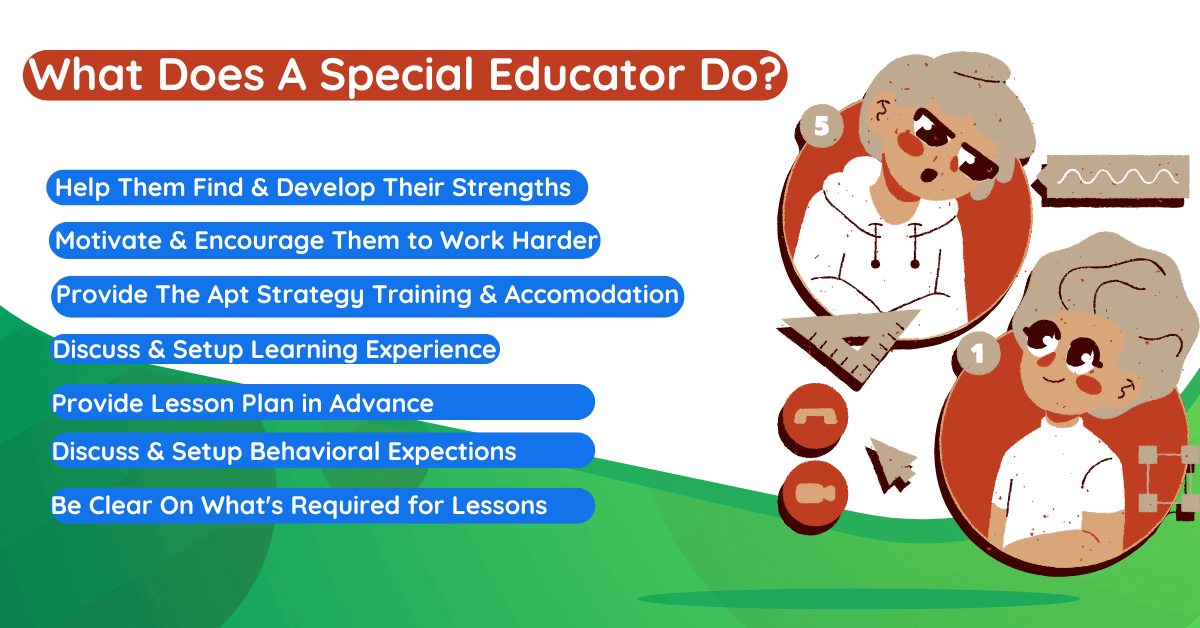
What Are The Most Common Special Educational Needs?
The term “special educational needs” or SEN refers to a broad spectrum of different needs. These can be broken down into many specific areas. Every child with special needs is as different from each other as any other child, perhaps even more so. Some of the most common kinds of special educational needs are:
- Anxiety
Anxiety is the most common negative emotion experienced by students. Even though it can be totally normal, it is generally regarded as a mental health problem. Anxiety is a special educational need when it blocks the capability of students to think clearly and engage in normal daily learning activities.
In the context of a classroom, anxiety can be very easy to identify when a student feels nervous before an examination. On other occasions, anxiety in the classroom can seem a bit different – the need to go to the school nurse, disruptive behavior, or some learning disorder.
- Attention Deficit Hyperactivity Disorder (ADHD)
ADHD, one of the common special educational needs, is a group of behaviors including hyperactivity, inattention, and impulsivity. In a nutshell, this affects the ability of students to concentrate and sit still. ADHD gets diagnosed when a kid is relatively young. Early identification can be very significant for students with ADHD. Usually, ADHD comes in three forms like – inattentive ADHD, impulsive/hyperactive ADHD, or a combination of both.
- Asperger’s Syndrome
Asperger’s Syndrome is the Autistic Spectrum Condition (ASC) that’s otherwise referred to as an Autistic Spectrum Disorder (ASD). The major difference between Asperger’s and ASC/ASD is the lack of a language disorder or/and the lack of learning difficulties. Often, Asperger’s Syndrome is referred to as difficulty with social skills. This is because people with such conditions have difficulties with social imagination, social interaction, and social communication.
- Dyscalculia
Dyscalculia is the learning difficulty that causes students to have problems developing understanding and mathematical skills. Kids with dyscalculia have a delay in counting and problems memorizing rules and arithmetic facts. The effects of dyscalculia can vary considerably, meaning the nature of their special educational provision should be planned carefully. In certain situations, school-based special educational needs support might be adequate.
- Dyslexia
Dyslexia is the specific learning difficulty that can make it very difficult to understand language and words. This condition has very strong links with ADHD, Dysgraphia, and Dyscalculia. Since the impact of dyslexia can vary significantly, it is imperative to assess the need properly and establish the necessary special educational provision.
- Dysgraphia
Dysgraphia refers to the difficulty related with the acquisition and recollection of the ability to write numbers and letters. This condition affects the ability to learn the sequence of fine motor skills necessary to be able to write. Also, dysgraphia can cause an individual to have difficulties with the sequencing of numbers and words.
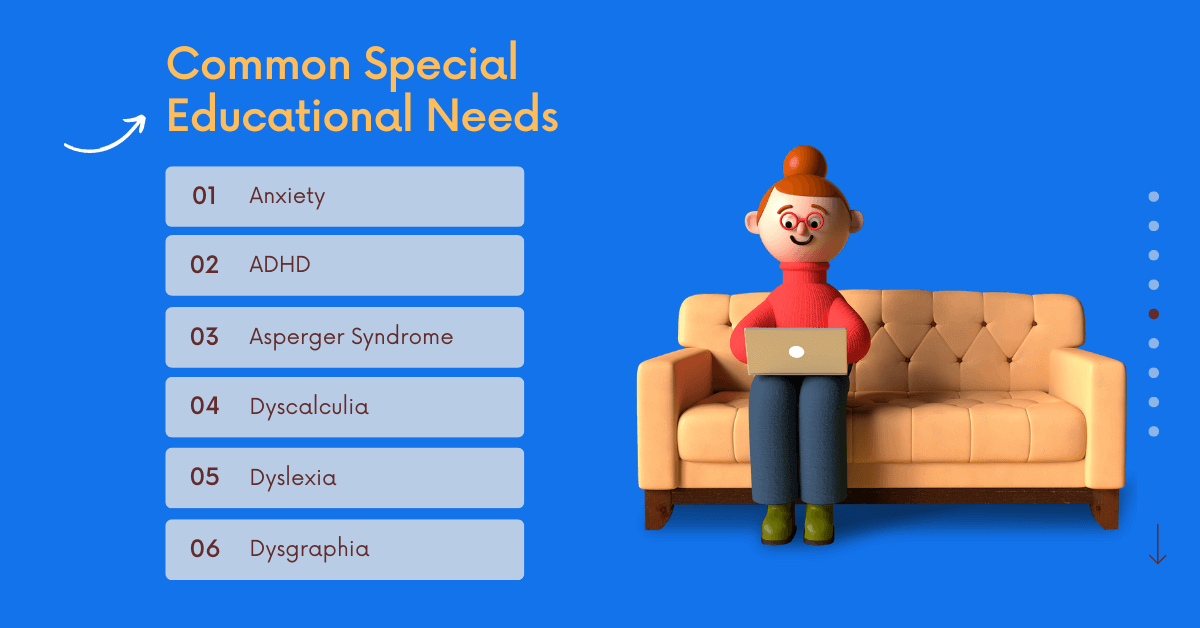
How Do You Identify Learners With Special Needs Education?
Many types of special needs are obvious and visible when you see a child. However, there are times when elders need to look for prospective signs that might be the indication of a problem or those that need your interference.
The following developmental domains map out the major typical skills and some potential warning signs.
Fine Motor Skills
- Infants age new born to 3 months must be able to bring their hands to their mouth and grasp and hold an object
- At 1 year of age, a kid must be able to stack blocks as well as turn pages in a book
- At 2 years of age, a kid must be able to imitate scribbles and complete simple puzzles
- At 3 years of age, a kid must be able to string beads and have good hand and finger co-ordination
- Between the age 4-5, a kid will be able to color within lines, copy shapes, and use scissors in a co-ordinate fashion
Motor Red Flags
- Hands remain fisted even after 2 months of age
- Highly favored head position even at 2 months of age
- Muscle tone variations (high or low tone) at birth to 3 months of age
- Abnormal movement (arching or extension) at 3 to 6 months of age
- Not walking independently by 18 months of age
- Extreme toe walking at 2 years of age
- Difficulty with hand-finger co-ordination (inability to cross mid-line, trouble picking up small objects, etc.)
Behavior Red Flags
- Self-injury (hitting, head-banging, etc.)
- No self-calming and difficulty calming with intervention
- Negative behavior occurs several times per day
- Behavioral interventions fail and does not impact behavior
Cognition Red Flags
- No eye contact even at 3 months of age
- No searching of toys, dolls or games even at 6 months of age
- Not reaching for dolls/games at 9 months of age
- Lack of interest in playing with toys at 9 months of age
- Inability to retain information at 12 months of age
- Easily distracted, very short attention span at 12 months of age
- Difficulty to focus on activities at 18 months of age
- Preference to play alone continually at 3 years of age
- No co-operative play even at 5 years of age
Bottom Line:
A kid has special educational needs if they have a disability or learning problem that makes it more difficult for them to learn than most kids their age. Teachers and patients of special needs children must be kind-hearted and patient.
